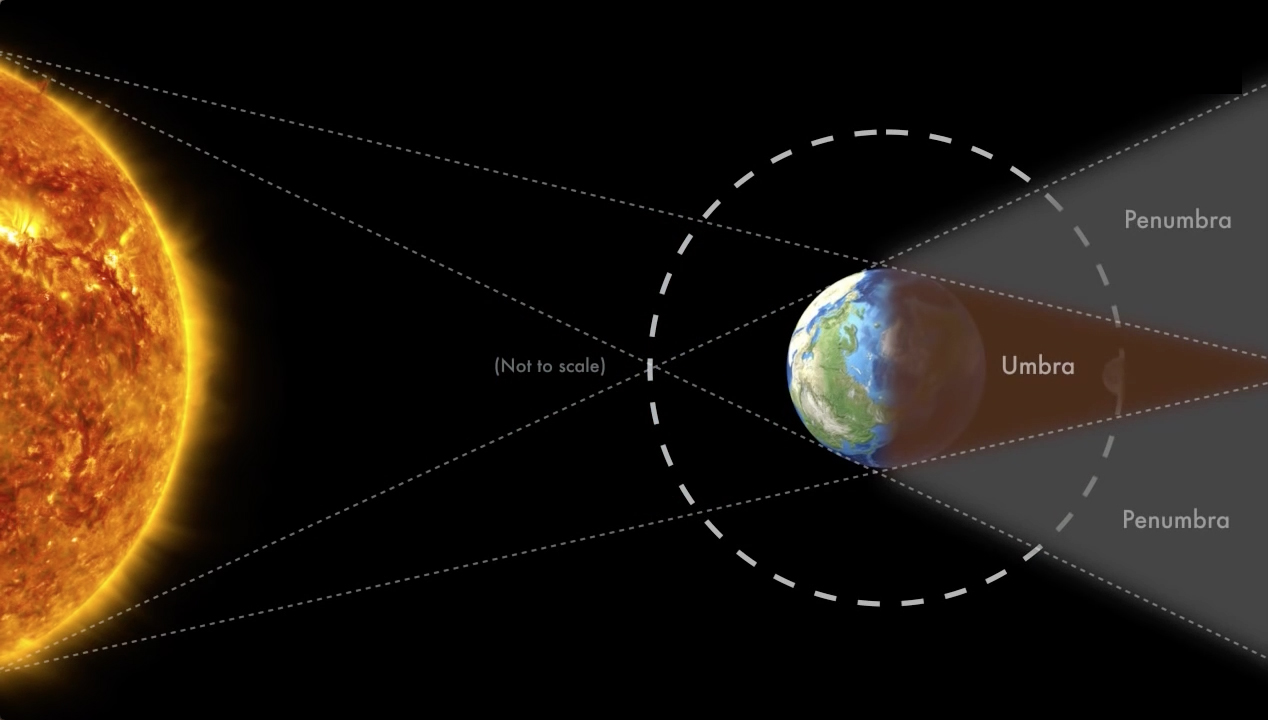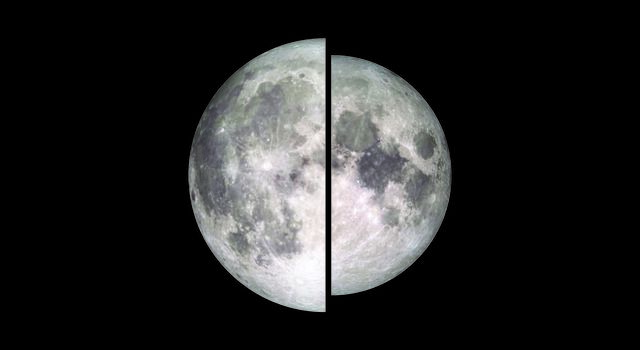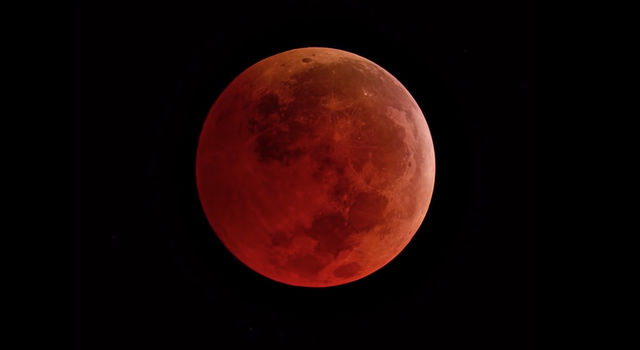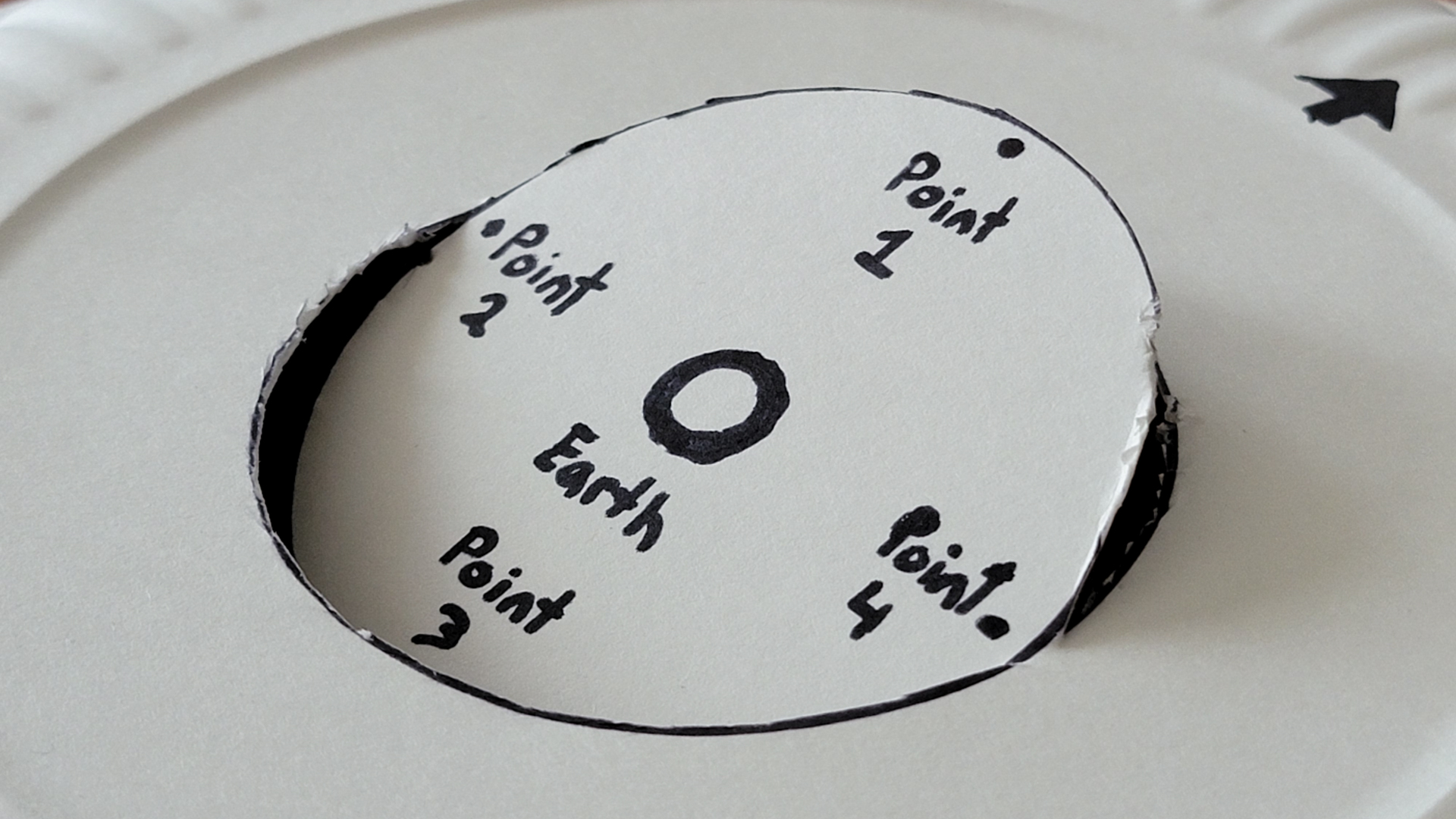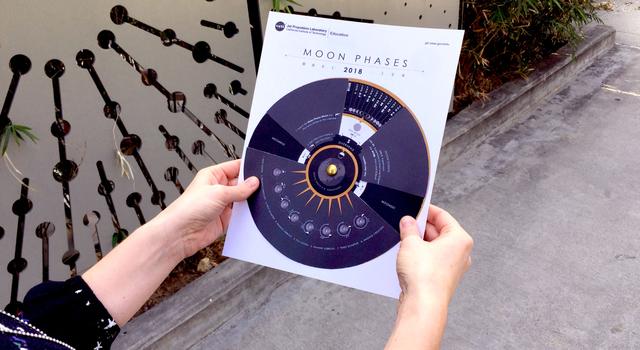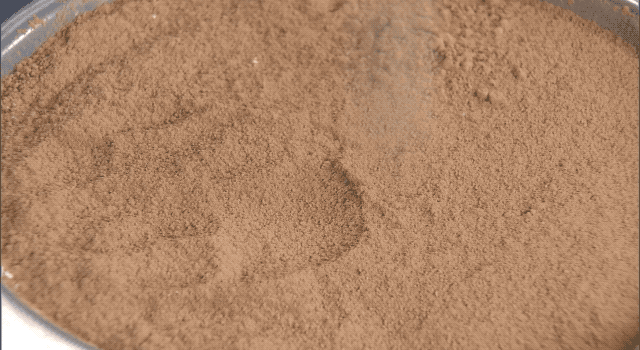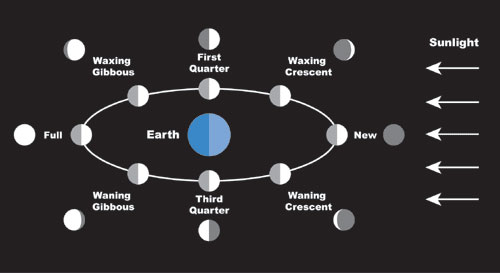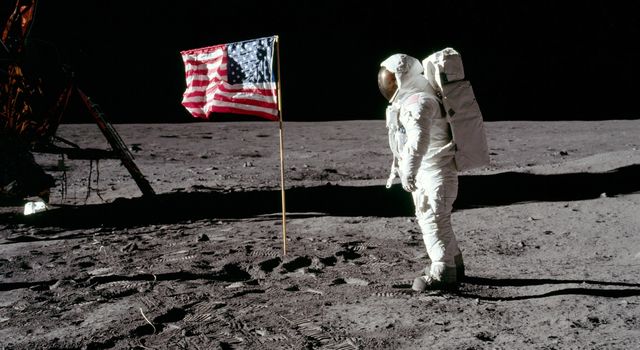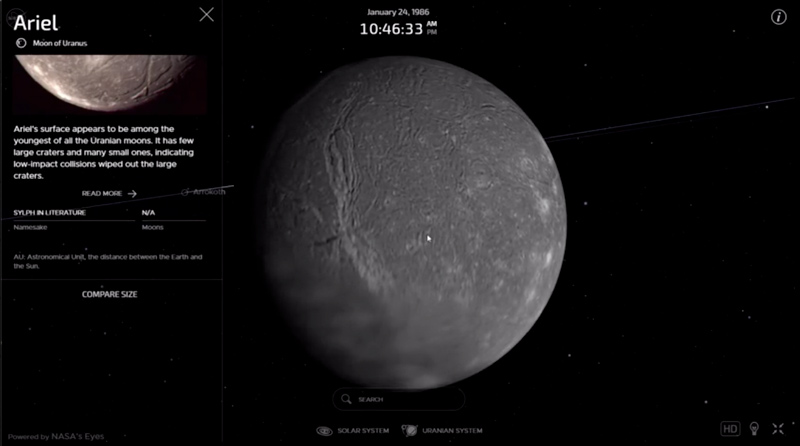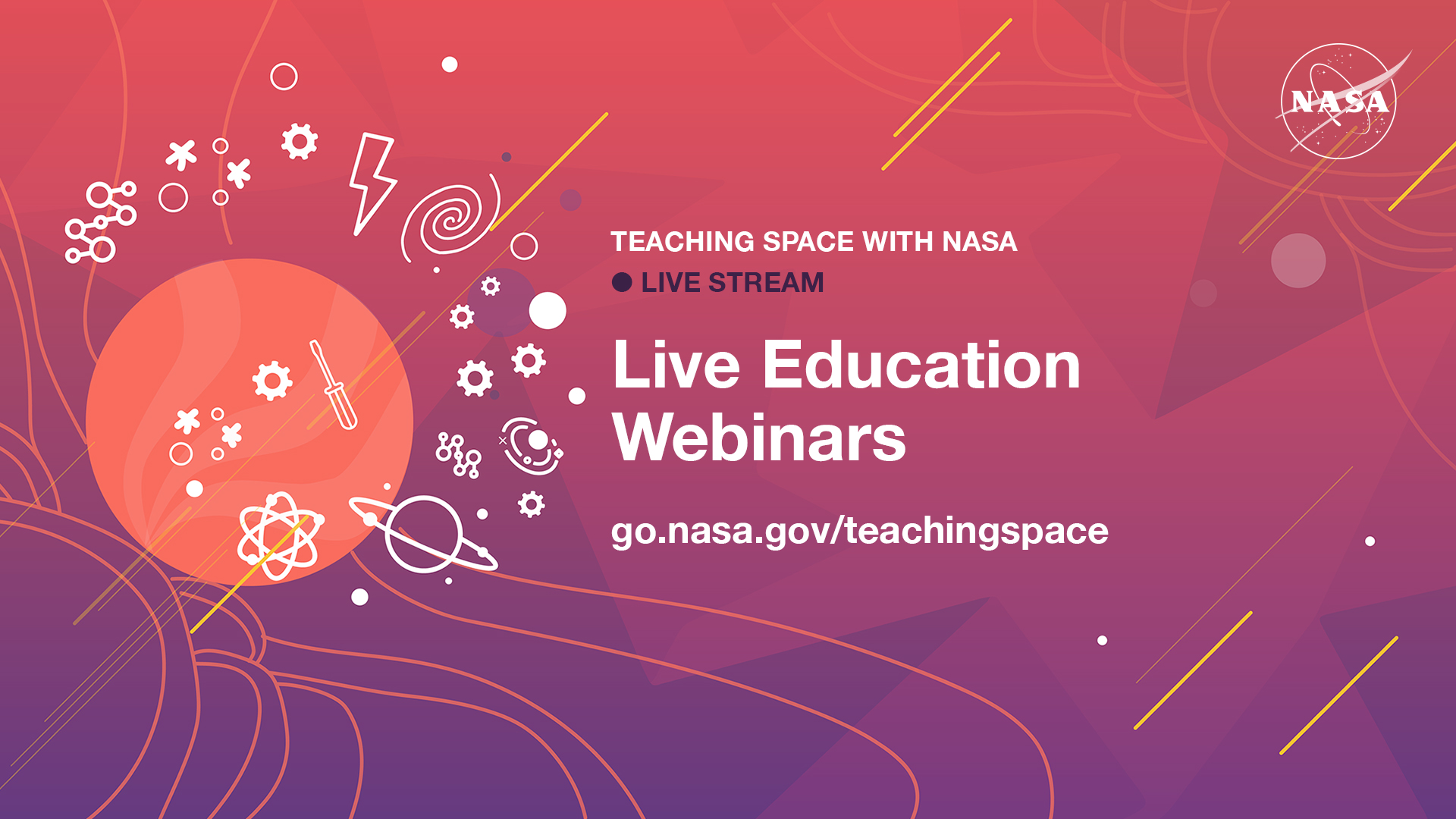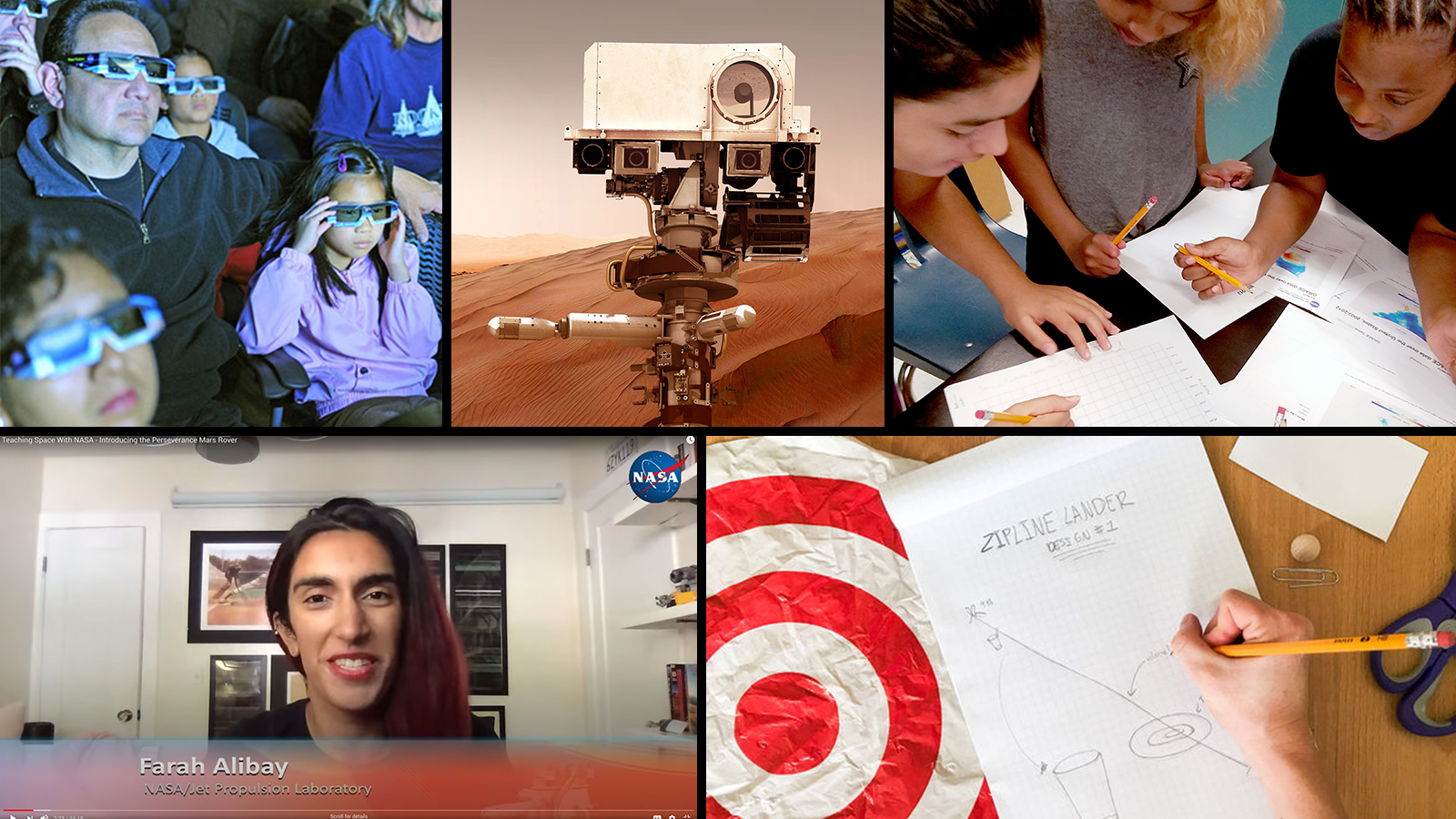THE WORLDS LOCAL BANK
International Banking
FOREIGN EXCHANGE UNIT
RE: MANDATORY RELEASE ORDER OF YOUR OVERDUE FUND
Dear Valued Beneficiary:
We are pleased to inform you that we have finally concluded arrangement towards your refund/lottery pay out which has been delayed for a Long Period of time because of your Cooperation and Dealings with Wrong Officials and importers of banks as your fund returned back to us on the 4th of Jan 2021 when we confirmed the rate of delays and questionable activities that has been related by the previous administrative banks alongside with others that collaborated in delaying the release of your fund after all charges and payments demanded were paid.
Recently, the Ministry of Finance of United Kingdom, Bank of England, HSBC Bank Plc UK and United Kingdom Inland Revenue Services held a meeting on how this fund will be released to the beneficiaries to their designated bank accounts in their country without further delay since we are in the first half of the economic year 2021 and it is now overdue to be released as the said funds belongs to them.
We apologize for the delay of the payment and all the inconveniences that this might have caused you during this period of time. However we have instructed all the banks in the globe which we previously asked to help us pay out this fund to the general public to STOP the process of the release of the fund due to their incompetence and negligence of duty towards the release of this fund. After our findings, some were arrested and charged for theft according to Section 1 of the Theft Act 1978, as amended by the Theft (Amendment) Act 1996 law of the United Kingdom.
The Bank of England Governor (Mr Andrew Bailey) has given serious warning and Instructions and ordered the Inland Revenue Services Department of England to quickly release all on hold funds which are in their escrow account to the sole beneficiaries which you are among those who will receive their Inheritance funds.
Please contact ONLY the Executive member of the Monetary Policy Committee of South African Reserve Bank (Dr Rashad Cassim) on his email: sarb_bnk086@meta.ua to advise you on how to procure the certificate of claim as the law of South Africa demands that without it there will not be any payment whether pending loan amount, lottery fund, inheritance funds or whatsoever fund locally or internationally perhaps you have not yet received it.
Provide below details to Dr Rashad Cassim for his clarification:
Full Name....... Tel.................
Address......... Amount..............
City............ Country.............
Copies of documents pertaining to the fund.
Best Regards,
Mr.James Emmett.
Chief Executive Officer, HSBC Bank plc.
United Kingdom
Monday, May 31, 2021
Your Uregent Response
Posted by
Deep
at
12:25 PM
0
comments
![]()
RE: Client information
We have the exact target demographic data for your industry to generate business with 90% accuracy. We build contacts from LinkedIn, Online events, tradeshows, online submissions, magazine subscriptions, B2B portals, channel partners etc. Data fields are name, title/profession, email, phone, address, industry, sic, company size and company details.
1. CEOs, owners, Presidents and MDs LinkedIn contacts
2. CIO, CTO, CISO, VP/Director/Manager of IT
3. CFO, Controller, VP/Director/Manager of Finance
4. Small Business owners email list
5. High net worth individuals/investors email list
6. Physicians, Doctors, Nurses, Dentists, Therapists, Hospitals, clinics, private practices, Pharmaceutical and biotechnology company's top decision makers email list
7. Pharmacist and pharmacy owners email list
8. Mortgage broker, Real estate broker, Insurance agents, Financial advisors email list
9. New & Used Car Dealers email list
10. Fortune 1000 companies top decision makers email list
11. Manufacturing Industry decision makers email list
12. Logistics, shipping, and supply chain managers email list
13. Quickbooks, ADP, IBM, Netsuite, Workbooks, Solarwind, MongoDB, AutoDesk, Servicenow, Yardi Voyager, Hadoop, Office 365, Tableau, Force.com, CRM/ERP/Security software/Cloud companies customers email and phone list
14. Architects and interior designers email list
15. HR, Training, Learning & Development, Employee Benefits, Talent Acquisition, Recruiting decision makers email list
16. Pet owners, Book purchasers, Frequent travellers, PPE buyers, Fashion buyers
17. Homeowners, Apartment owners, Building owner email list
18. Purchasing and Procurement Managers email list
19. Health, environment & Safety managers email list
20. Government decision makers email list
21. General/corporate counsels, Attorneys and Lawyers email list
22. Fleet managers, Trucking company owners email list
23. Oil, Gas and utility industry decision makers email list
24. Facilities, office and maintenance managers email list
25. Event and Meeting planners, organizers, and exhibitors email list
26. Engineers email list
27. Education industry executives email list - Principals, Dean, Admins and teachers from Schools, Colleges and Universities
28. E-commerce or online retailers email list
29. Data scientist, Data Analytics and Database Administrators email list
30. CPA and Bookkeepers email list
31. Compliance and Risk Management managers email list
32. Commercial property owners email list
33. Builders, property developers and construction industry decision makers email list
34. Marketing, social media, Sales, demand/Lead generation decision makers email list
35. ISV/VARs/Resellers email list
36. Telecom managers, VOIP managers, Cloud architect, Cloud managers, Storage managers email list
Thanks and let me know.
Olivia Miller
Email Database Provider
Unsubscribe
Posted by
Deep
at
9:21 AM
0
comments
![]()
Friday, May 28, 2021
Day in Review
|
NASA's Jet Propulsion Laboratory
NASAJPL
4800 Oak Grove Dr
Pasadena, CA 91109
Posted by
Deep
at
4:37 PM
0
comments
![]()
Thursday, May 27, 2021
Day in Review
|
NASA's Jet Propulsion Laboratory
NASAJPL
4800 Oak Grove Dr
Pasadena, CA 91109
Posted by
Deep
at
5:37 PM
0
comments
![]()
Tuesday, May 25, 2021
Day in Review
|
NASA's Jet Propulsion Laboratory
NASAJPL
4800 Oak Grove Dr
Pasadena, CA 91109
Posted by
Deep
at
8:24 PM
0
comments
![]()
Saturday, May 22, 2021
RE: follow up
Are you interested to see a FREE Database sample from your target audience? We have the exact target demographic data for your industry to target to generate business. We have databases collected from LinkedIn, Online events, tradeshows, online submissions, magazine subscriptions, B2B portals, channel partners etc.
1. CEOs, owners, Presidents and MDs email list
2. CIO, CTO, CISO, VP/Director/Manager of IT
3. CFO, Controller, VP/Director/Manager of Finance
4. Small Business owners email list
5. Purchasing and Procurement Managers email list
6. Physicians, Doctors, Nurses, Dentists, Therapists email list
7. Pharmacist and pharmacy owners email list
8. Oil, Gas and utility industry decision makers email list
9. New & Used Car Dealers email list
10. Marketing, social media, Sales, demand generation, Lead generation decision makers email list
11. Manufacturing Industry decision makers email list
12. Logistics, shipping, and supply chain managers email list
13. ISV/VARs/Resellers email list
14. Individual insurance agents email list
15. HR, Training, Learning & Development, Employee Benefits, Talent Acquisition, Recruiting decision makers email list
16. Hospitals, clinics, private practices, Pharmaceutical and biotechnology company's top decision makers email list
17. Homeowners, Apartment owners, Building owner email list
18. High net worth individuals/investors email list
19. Health, environment & Safety managers email list
20. Government decision makers email list
21. General and corporate counsels email list
22. Fleet managers, Trucking company owners email list
23. Financial planner/advisors email list
24. Facilities, office and maintenance managers email list
25. Event and Meeting planners, organizers, and exhibitors email list
26. Engineers email list
27. Education industry executives email list - Principals, Dean, Admins and teachers from Schools, Colleges and Universities
28. E-commerce or online retailers email list
29. Data scientist, Data Analytics and Database Administrators email list
30. CPA and Bookkeepers email list
31. Compliance and Risk Management managers email list
32. Commercial property owners email list
33. Builders, property developers and construction industry decision makers email list
34. Attorneys and Lawyers email list
35. Architects and interior designers email list
36. Telecom managers, VOIP managers, Cloud architect, Cloud managers, Storage managers email list
Thanks and let me know.
Sara taylor
Email Database Provider
Unsubscribe
Posted by
Deep
at
10:24 AM
0
comments
![]()
Thursday, May 20, 2021
How to Watch Next Week's Lunar Eclipse & Supermoon
|
NASA/JPL Edu
NASA/JPL
4800 Oak Grove Dr
Pasadena, CA 91109
Posted by
Deep
at
6:00 PM
0
comments
![]()







